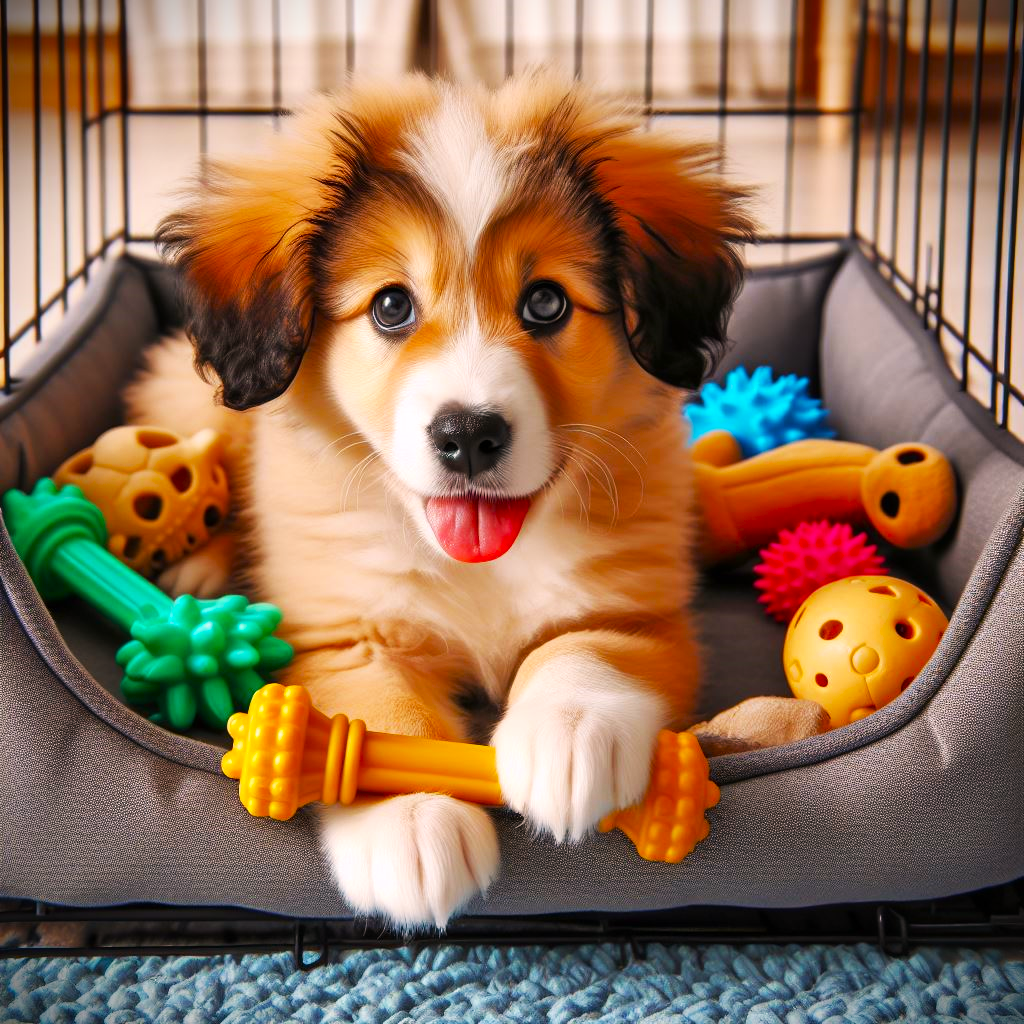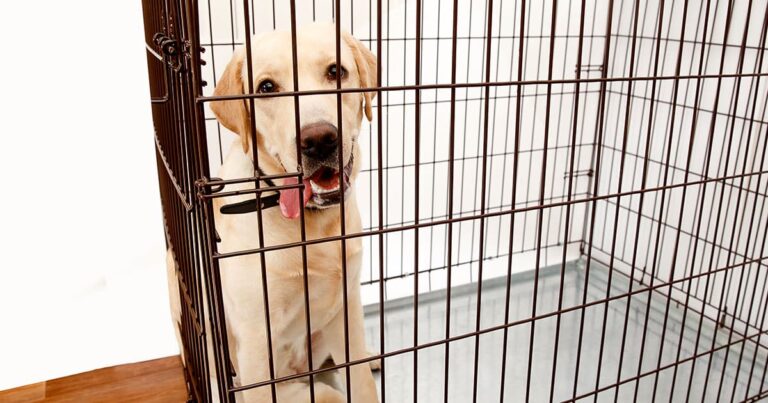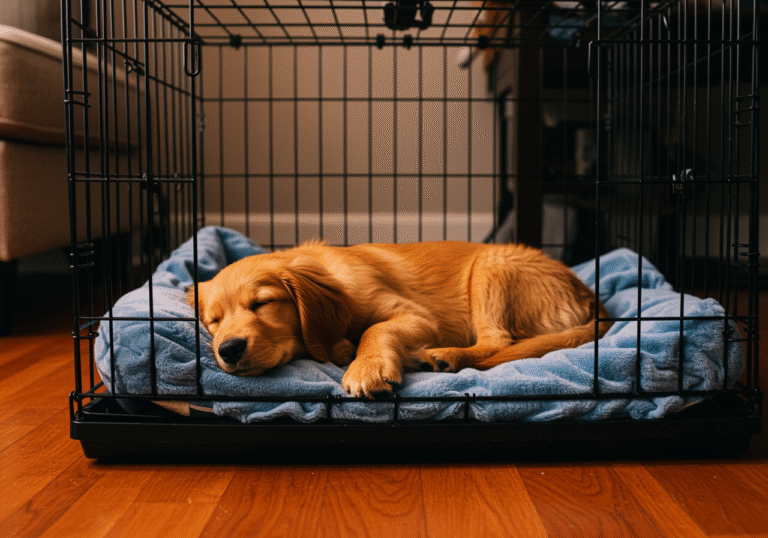“**Ever wondered how to make your puppy love their crate? You’re not alone! Crate training is a key step in raising a happy, well-behaved dog. Let’s dive into how to make this a positive experience for both you and your puppy.**”
—
**What is Crate Training?**
Crate training involves teaching your puppy to enter and stay in their crate voluntarily. It’s a valuable tool for managing your puppy’s behavior, ensuring their safety, and facilitating house training. The crate becomes a personal space for your puppy, similar to a den in the wild, providing a sense of security and privacy.
—
**Benefits of Crate Training a Puppy**
– **Safety**: Keeps your puppy safe from household hazards when unsupervised.
– **House Training**: Helps establish a routine, as puppies naturally avoid soiling their sleeping area.
– **Anxiety Reduction**: Offers a safe space which reduces anxiety during stressful situations.
– **Travel**: Makes traveling with your puppy easier, as they view the crate as a safe, familiar environment.
—
**Step-by-Step Guide to Crate Training Your Puppy**
### **1. Choosing the Right Crate**
Select a crate that is large enough for your puppy to stand up, turn around, and lie down comfortably, but not too large that they can use one end as a bathroom. There are various types of crates available, including wire, plastic, and soft-sided crates. Consider the needs and temperament of your puppy when choosing.
### **2. Introduce the Crate**
Introduce your puppy to the crate in a positive manner. Place the crate in a common area where the family spends a lot of time. Keep the door open and make the inside inviting with a soft bed and some toys. Encourage them to explore the crate by placing treats and favorite toys inside.
### **3. Feed Meals Inside the Crate**
Begin feeding your puppy their meals inside the crate to create a positive association with it. This practice can help reduce any hesitation about entering the crate. If they are hesitant at first, place the food bowl near the entrance and gradually move it further back with each meal.
### **4. Practice with Short, Closed-Door Sessions**
Once your puppy is comfortable eating in the crate, start practicing short sessions with the door closed. Begin with just a few minutes and gradually increase the time as they become more comfortable. Always ensure they have a positive association with the crate by giving a treat when they enter, and ensuring they are calm and happy before releasing them.
### **5. Extend the Crate Time**
As your puppy grows accustomed to shorter periods, extend the time they spend in the crate. Include crate time in their daily routine when you are home, so they do not associate the crate with being left alone. This helps prevent separation anxiety.
—
**Troubleshooting Common Crate Training Issues**
– **Whining**: If your puppy whines in the crate, it’s important to wait until they stop before letting them out. Releasing them while whining teaches them that crying is a way to get out.
– **Accidents in the Crate**: If accidents occur, ensure the crate isn’t too big and that you’re not leaving your puppy in longer than they can hold their bladder.
– **Refusal to Enter the Crate**: Reinforce positive associations by using treats and toys. Never force your puppy into the crate, as this can create negative experiences.
—
**FAQs**
Why is my puppy crying in the crate at night?
**This is common in the early days of crate training. Ensure they have a comfortable environment and try placing the crate in your bedroom to help them feel not alone.**
How long should a puppy stay in the crate during the day?
**Puppies should not be left in a crate for too long. The general rule is one hour for each month of age, plus one hour.**
Can I use the crate as a punishment?
**No, the crate should always be a positive space. Using it for punishment can create anxiety and fear around the crate.**
When should I start crate training?
**As soon as you bring your puppy home. Younger puppies generally adapt more quickly to crate training.**
Is crate training cruel?
**No, when done correctly, crate training is humane and can be beneficial. It provides a safe space for your puppy and helps with overall training and management.**
—
**Conclusion**
**”Crate training is a powerful tool in your puppy’s development, helping with everything from house training to providing a safe haven. With patience, consistency, and positive reinforcement, your puppy will learn to love their crate as their own special retreat. Remember, the goal is to make the crate a happy place, filled with comfort and security.”**





